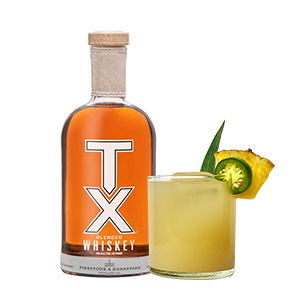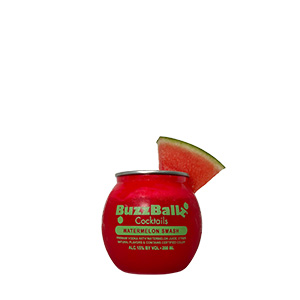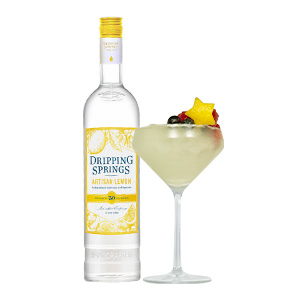
The process of making wine has evolved over the years, and the variety of grapes has expanded. Even the way we cook has evolved with molecular gastronomy cooking techniques. The act of drinking wine is no longer a simple one. In fact, it can be incredibly complex when you think about how to best pair it with the ever-growing list of modern cuisine. To pair wine properly with food is now considered by many to be an art form—one practiced best only by those with elite knowledge.
But what if pairing wine with the right foods, was simple? Well good news, it can be! In honor of National Drink Wine Day, we put together a few seriously easy tips for wine pairing.
Balance is key
Wine and food should help each other out and neither should overpower the other. The key is to pick a wine and food pairing that benefits each other. Rich foods need a rich wine that won’t fade in comparison to bold flavors, while light foods need a delicate wine so the flavors aren’t overwhelmed. When trying to determine the weight of your food, assess its fat content. For example, even with a salad, a blue cheese dressing is a heavier dish that requires a full-bodied wine to stand up to the dressing. When you’re assessing wine, take clues from its color and grape variety. Wines that are less alcoholic tend to be lighter bodied.
Pair wine with the dish’s most pronounced feature
The most prominent feature of a dish is most commonly the sauce rather than the main ingredient. This is critical in determining the best wine for said dish. Baked salmon with a cream sauce, for example, will work with a different wine than a salmon with a light dill sauce. Malbec can stand up to spicier dishes, because flavors of the seasonings bring out the spicier elements of the wine. A full flavored wine won’t be overwhelmed by a full-flavored dish.
Structure and Texture
How your food tastes comes into play a lot by what wine you pair it with. Serve high-acid wines with high-acid foods. For example, Sauvignon Blanc works well with a salad with vinaigrette. Don’t pair tannic wines with fatty fishes. A bold Cabernet Sauvignon won’t work as well with salmon or other fish that are rich in Omega-3 fatty acids. Pair tannic wines with salty, fatty, protein-rich foods. Salty foods go well with high acid wines.
A Beaujolais goes well with cured meats, and Pinot Grigio pairs well with salty Asian dishes heavier with soy sauce. Serve off-dry or sweet wines with slightly sweet or sweet foods. One easy tip to remember, the wine should always be as sweet or sweeter than what is on your plate.
Also, another thing to consider is that with sparkling wine or champagne, because of the carbonation, when you’re eating cheeses or fried foods, the carbonation will help cleanse your palate through the fat of the food.
Even some of this can be overwhelming for some. You’re not alone if you think wine pairing is a lot to remember. Keep in mind—that a lot of it is all in picking out the right wine. Pick a good wine, and there’s not much it won’t taste good with!
In a hurry and need a quick pairing for tonight’s dinner? Easy as pie! Just ask the experts at your nearest Spec’s.




